Caring for a feline friend comes with its fair share of responsibilities, and maintaining a clean and odor-free home is certainly one of them. Cat pee pads have become a popular solution for many cat owners, but understanding their longevity is crucial for effective use. In this comprehensive guide, we'll explore the ins and outs of cat pee pads, their lifespan, and how to maximize their efficiency.
Key Takeaways:
- Cat pee pads can last anywhere from a few days to several weeks, depending on various factors such as the number of cats, type of pads, and usage.
- Proper maintenance and regular replacement of pee pads are essential for optimal odor control and hygiene.
- Understanding the different types of pee pads and their specific features can help cat owners make informed decisions about their purchase.
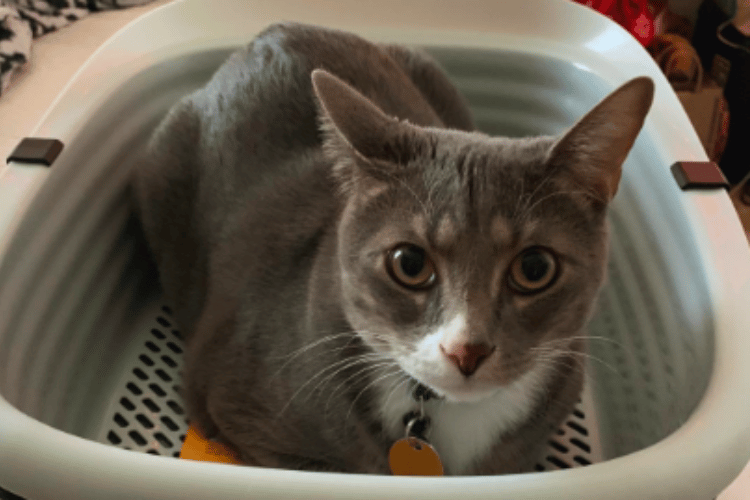
Understanding Cat Pee Pads
Cat pee pads are an innovative solution for cat owners looking to manage their pets' bathroom habits. These pads are designed to absorb urine, control odor, and keep the litter box and surrounding areas clean. They come in various sizes and materials, catering to the diverse needs of cat owners and their furry companions.
For those who use the Breeze litter system or similar setups, cat pads are an integral component. They sit in a pad drawer beneath the litter, catching and absorbing liquid waste. This system simplifies the process of cleaning up after your kitty, making it a favorite among cat owners.
Factors Affecting the Lifespan of Cat Pee Pads
The question of "how long do cat pee pads last" doesn't have a one-size-fits-all answer. Several factors influence the longevity of these pads, including:
- Number of Cats: Homes with more than one cat will naturally require more frequent changes. If you have two cats, you might need two boxes or to replace the pads more often.
- Type of Pads: Absorbent pee pads with multiple layers or those made with crystal litter tend to last longer due to their superior absorbency and odor control capabilities.
- Usage Patterns: Cats that tend to urinate more frequently or in larger volumes will shorten the lifespan of a pee pad. Monitoring your cat's habits can help you gauge when a replacement is necessary.
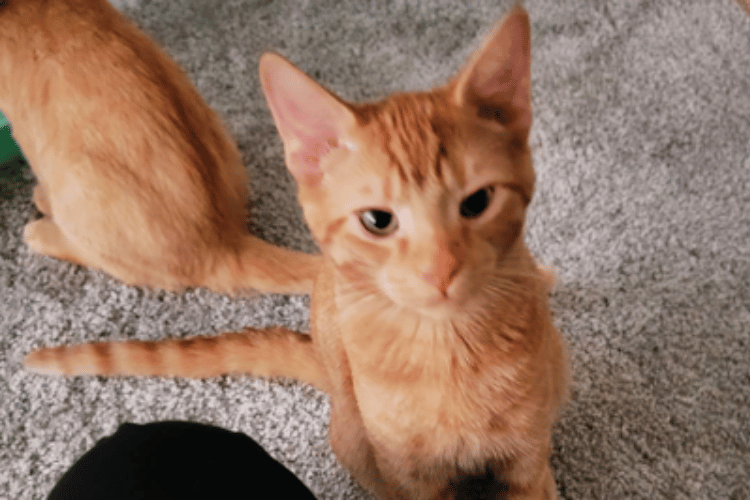
Selecting the Right Pee Pad for Your Cat
When it comes to choosing pee pads, cat owners should consider the following:
- Absorbency: Look for pads that promise high absorbency to ensure they can handle your cat's output.
- Odor Control: Pads infused with baking soda or other odor-neutralizing agents can help control odor effectively.
- Size: Ensure the pad is the same size as your litter box or system's pad drawer for a proper fit.
The Role of Maintenance in Pee Pad Longevity
Regular maintenance is key to extending the life of cat pee pads. Scooping solid waste daily and checking the pad for saturation can prevent overuse and maintain hygiene. Additionally, cleaning the pad drawer and the area around the litter box helps prevent the spread of dirt and bacteria.
When to Replace Your Cat's Pee Pad
Knowing when to replace cat pee pads is crucial for maintaining a clean and odor-free house. A general rule of thumb is to change the pad once a week, but this may vary based on the factors mentioned earlier. Signs that it's time to replace the pad include noticeable smells, visible saturation, or if your cat refuses to use the litter box.
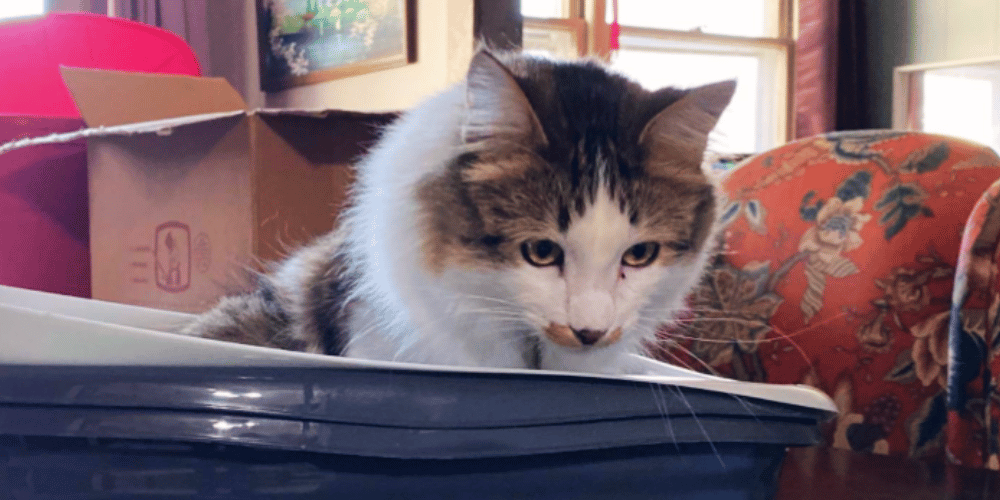
The Cost-Effectiveness of Cat Pee Pads
While the initial purchase price of pee pads may seem high, they can be cost-effective in the long run. By protecting floors and furniture from urine damage and reducing the need for frequent litter replacement, cat pee pads can save money and mess.
Maximizing Odor Control with Cat Pee Pads
Cat owners know that managing odor is a top priority when it comes to maintaining a pleasant home environment. Cat pee pads can be a game-changer in this regard, especially when used in conjunction with a traditional cat litter box. The pads often contain a layer designed to catch and neutralize the smell of urine, ensuring that any stray spritzes outside the litter boxes are taken care of. This is particularly helpful for cats that tend to miss the box or for those who have a habit of spraying.
However, it's not just about placing the pad and forgetting it; maintenance plays a crucial role. To keep odors at bay, it's essential to replace the pads regularly before they become saturated. Some pads come with an indicator that lets you know when it's time for a change, while others may require a more hands-on sniff test. Remember, a clean pad means a fresh-smelling home, so staying on top of this service will keep both you and your feline friend happy.
Innovative Cat Pad Technologies
In the ever-evolving world of pet care, innovative cat pad technologies are making waves among cat owners. These advancements are not just about keeping your home clean; they're about ensuring the health and comfort of your feline friend. For instance, some cat pads now come with health-monitoring capabilities, which can alert you if there's something wrong with your cat's urine. This is particularly useful for early detection of illnesses, as changes in urination can be a sign that your cat is sick.

Moreover, the latest cat pads are designed with super-absorbent materials that can handle more volume, meaning they need to be changed less frequently. This is a game-changer for busy pet parents who might not have the time to constantly check and replace their cat's pad. These high-tech pads often include indicators that change color when it's time for a new pad, taking the guesswork out of maintenance and ensuring that your cat's area is always fresh and hygienic.
Customizing Cat Pads for Unique Needs
Customization is key when it comes to catering to the unique needs of your cat, and customizing cat pads is no exception. Some cats may require a different type of pad due to their size, age, or health conditions. For example, larger breeds might need a bigger and more durable pad to adequately fill their litter area without leaving any exposed spots that could lead to messes outside the designated zone.
On the other hand, senior cats or those with mobility issues might benefit from pads with softer textures and lower profiles for easy access. These specialized pads can prevent discomfort and ensure that your cat doesn't avoid the pad, which could lead to accidents around the house. By choosing the right pad for your cat's specific needs, you're not only promoting their well-being but also preventing potential issues that could arise from using the wrong type of pad.
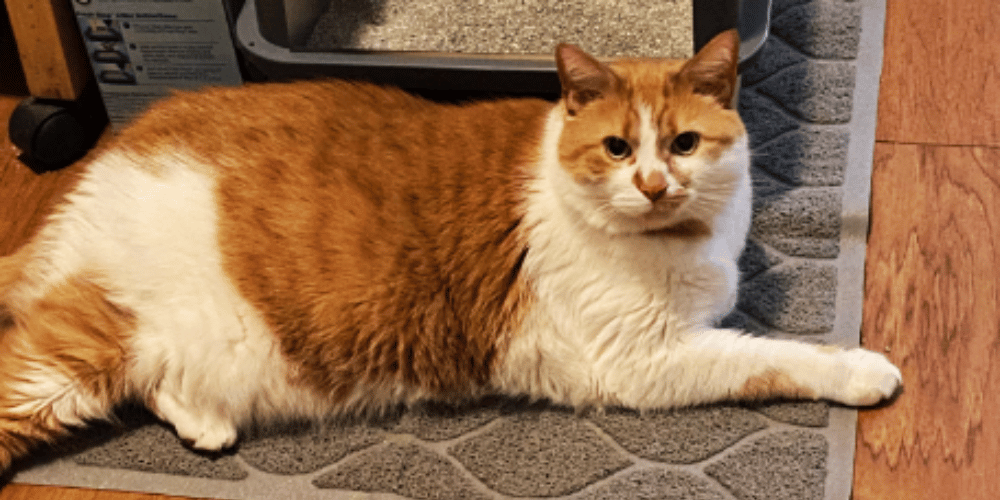
The Design and Material of Cat Pee Pads
When it comes to the design and material of cat pee pads, there's more than meets the eye. Many pads are constructed with a plastic bottom layer to prevent urine from seeping onto the floor. This is particularly important for protecting hardwood floors or carpets near the litter box or door where cats tend to pass frequently. Additionally, the top layer is usually made of an absorbent material that can handle multiple uses, which means the whole tray doesn't need to be filled with litter.
But not all materials are created equal. Some cats may refuse to use a pad if it feels strange under their paws or if they can't bury their poop as they would in a litter box. It's crucial to choose a pad that mimics the fine texture of litter to encourage proper use. Moreover, a pad with multiple layers can provide extra protection and make clean-up a breeze. Always check the product description on the site or packaging to ensure you're getting a pad that meets your and your cat's needs.
Troubleshooting Common Pee Pad Issues
Sometimes, cat owners may run into trouble with pee pads. Cats might avoid using the pad, or it may leak. In such cases, reassessing the type of pad used, its placement, or even consulting with a veterinarian to rule out any health issues can provide an answer.

The Environmental Impact of Pee Pads
Cat owners who are environmentally conscious may worry about the impact of disposable pee pads. Fortunately, there are biodegradable and washable options available that can minimize waste without compromising on convenience or hygiene.
Pee Pads for Kittens and Training
For kitten owners or those looking to train their cats, pee pads can be a valuable tool. They can help teach young or new pets where to go, and for kittens, the soft surface can be gentler on their paws compared to traditional litters.
Alternatives to Cat Pee Pads
While pee pads are a popular choice, some cat owners may prefer other methods. Alternatives include high-absorbency litters, litter box liners, or even puppy pads, which can serve a similar purpose.
The Impact of Pee Pads on Multi-Pet Households
In homes with both cats and dogs, pee pads can serve a dual purpose. However, it's important to ensure that each pet has its own designated area to prevent any confusion or territorial issues.

Customer Reviews and Experiences
Reading customer reviews and experiences can provide real-world insights into how long cat pee pads last. Many sites offer feedback from customers who have been completely satisfied or have had specific issues with a brand or type of pad.
The Best Brands and Where to Purchase
When it comes to purchasing cat pee pads, brand reputation and price are important considerations. Researching and comparing different brands can help you find the best option for your needs and budget.
Summary
Cat pee pads are a convenient and effective way to manage your cat's litter box needs. Their lifespan can vary widely based on factors such as the number of cats, type of pads, and usage patterns. Regular maintenance and timely replacement are key to ensuring they remain effective. With a variety of options available, cat owners can choose the right pee pads to suit their preferences and their pets' needs.
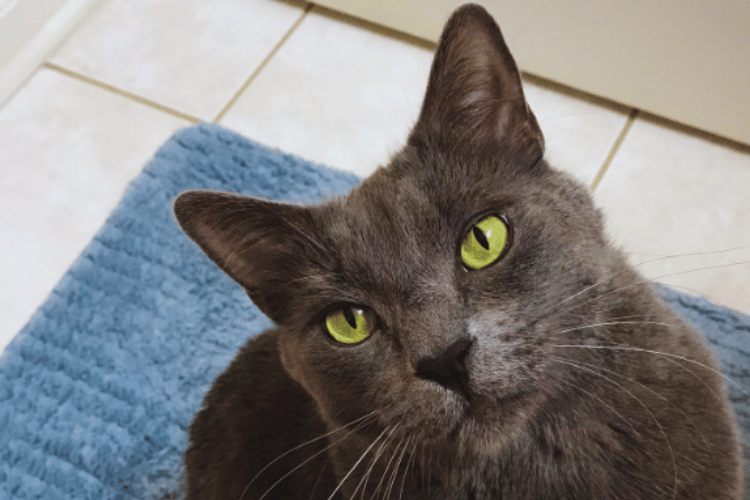
FAQ Section
Q: Can I use cat pee pads for more than one week? A: It's possible to use cat pee pads for more than a week, but it depends on factors like the number of cats and the type of pad. Monitor the pad for signs of saturation or odor to determine when it needs to be replaced.
Q: Are there eco-friendly cat pee pad options? A: Yes, there are biodegradable and washable pee pad options available for cat owners who are concerned about the environment.
Q: What should I do if my cat refuses to use the pee pad? A: If your cat is avoiding the pee pad, consider checking the type and placement of the pad, ensuring it's clean, or consulting a veterinarian to rule out any health issues.
Thank you for visiting LegitLists we hope this helps you make a legitimate choice!






